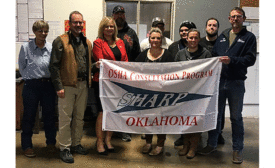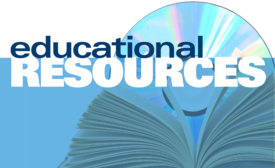Safety & Health Best Practices
A NIOSH Science Blog post
Reducing fatigue and stress in the retail industry: Workplace solutions
September 17, 2019
BrandSafway Houston receives fourth consecutive Diamond STEP Award
-Recognition for safety efforts and results in 2019
September 10, 2019
Weekly meetings, safety corrections help high-hazard company achieve zero injuries
“Safety has become visible on a daily basis”
September 9, 2019
CSB: Workers can help prevent catastrophic chemical incidents
Agency releases new safety digest on employee participation
September 9, 2019
Become a Leader in Safety Culture
Build your knowledge with ISHN, covering key safety, health and industrial hygiene news, products, and trends.
JOIN TODAYCopyright ©2025. All Rights Reserved BNP Media.
Design, CMS, Hosting & Web Development :: ePublishing









